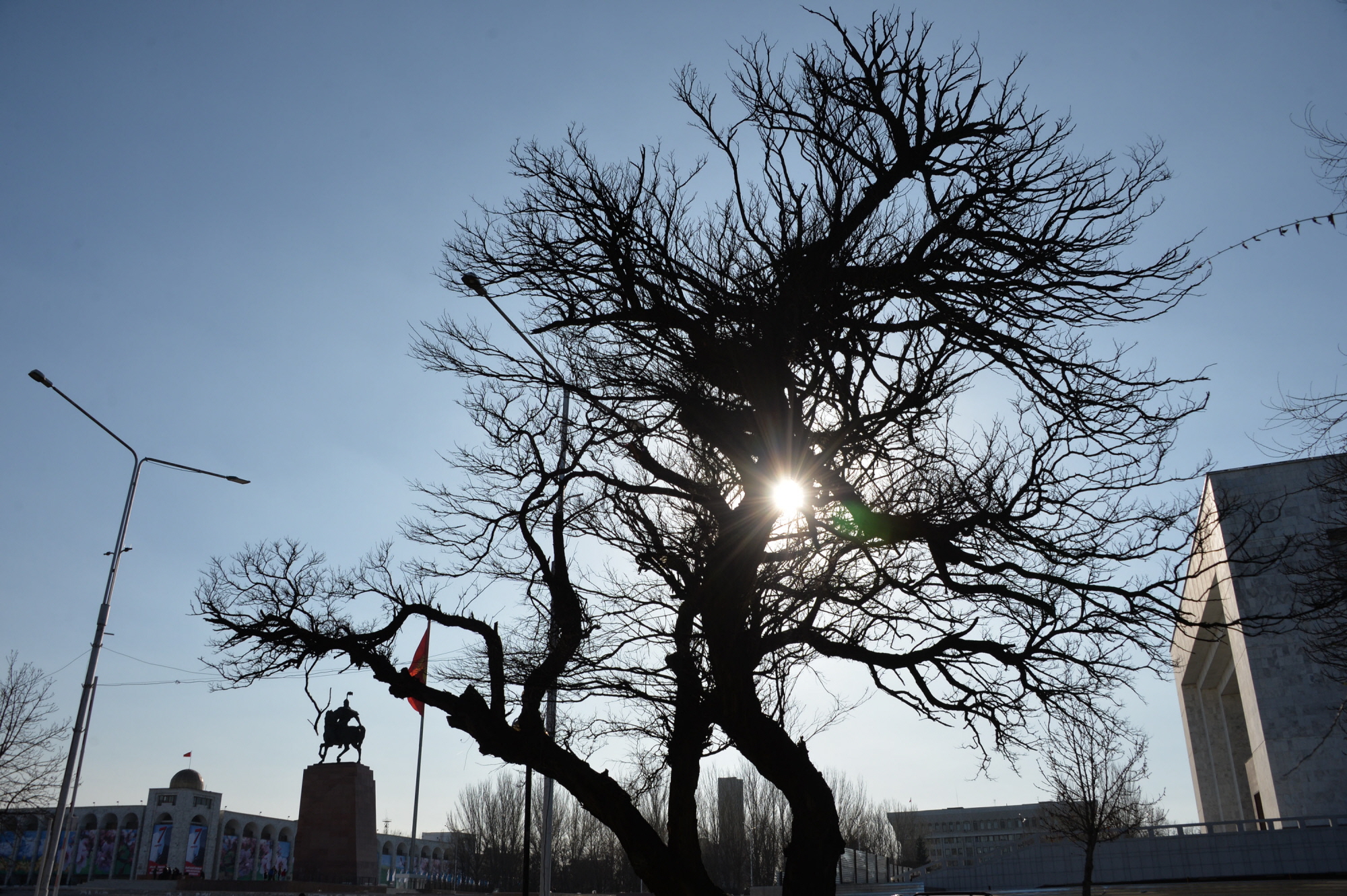
The Central Asian countries of the Ancient Silk Road, Kazakhstan, Kyrgyzstan, Tajikistan, Turkmenistan and Uzbekistan, are today characterized by low levels of land productivity and acute land degradation with significant economic costs.
Assessments by the Intergovernmental Panel on Climate Change (IPCC) show that climate change poses serious risks to Central Asia, furthered by the expansion of commercial agriculture, logging and pasturing activities that have intensified land degradation, erosion and vegetation cover loss.
From floods and mudslides to avalanches and droughts, extreme weather causes significant declines in the gross domestic products of Central Asian countries. In Tajikistan in 2019, the World Bank estimates that the total costs resulting from land degradation were between 8 and 13.5 percent of the country’s GDP. Uzbekistan and Kazakhstan evacuated tens of thousands of people from the Syr Darya river basin after the Sardoba dam burst in May 2020. The disaster, attributed to “abnormally strong winds and heavy rains” by the Ministry of Water Resources of Uzbekistan, cost an estimated USD 400,000 in crop damage, killing four and injuring dozens.
“Farmers in Central Asia are already experiencing these changes today,” says Lilia Burunciuc, regional director of the World Bank in Central Asia. “Their crop yield suffers from droughts and floods. Floods pose a direct and real threat to their lives.”
Regional collaboration initiatives for cross-border environmental restoration have been historically meager. However, nowadays the Central Asian republics are advancing cooperation to address the pressing issues of landscape restoration, and the World Bank is assisting the countries with a new regional program for Resilient Landscapes (RESILAND). The Central Asia Climate Change Conference has emerged as one of the foremost platforms for doing so, which this year held its third annual edition, CACCC 2020, online from 19 to 23 October.
Read the full article here
